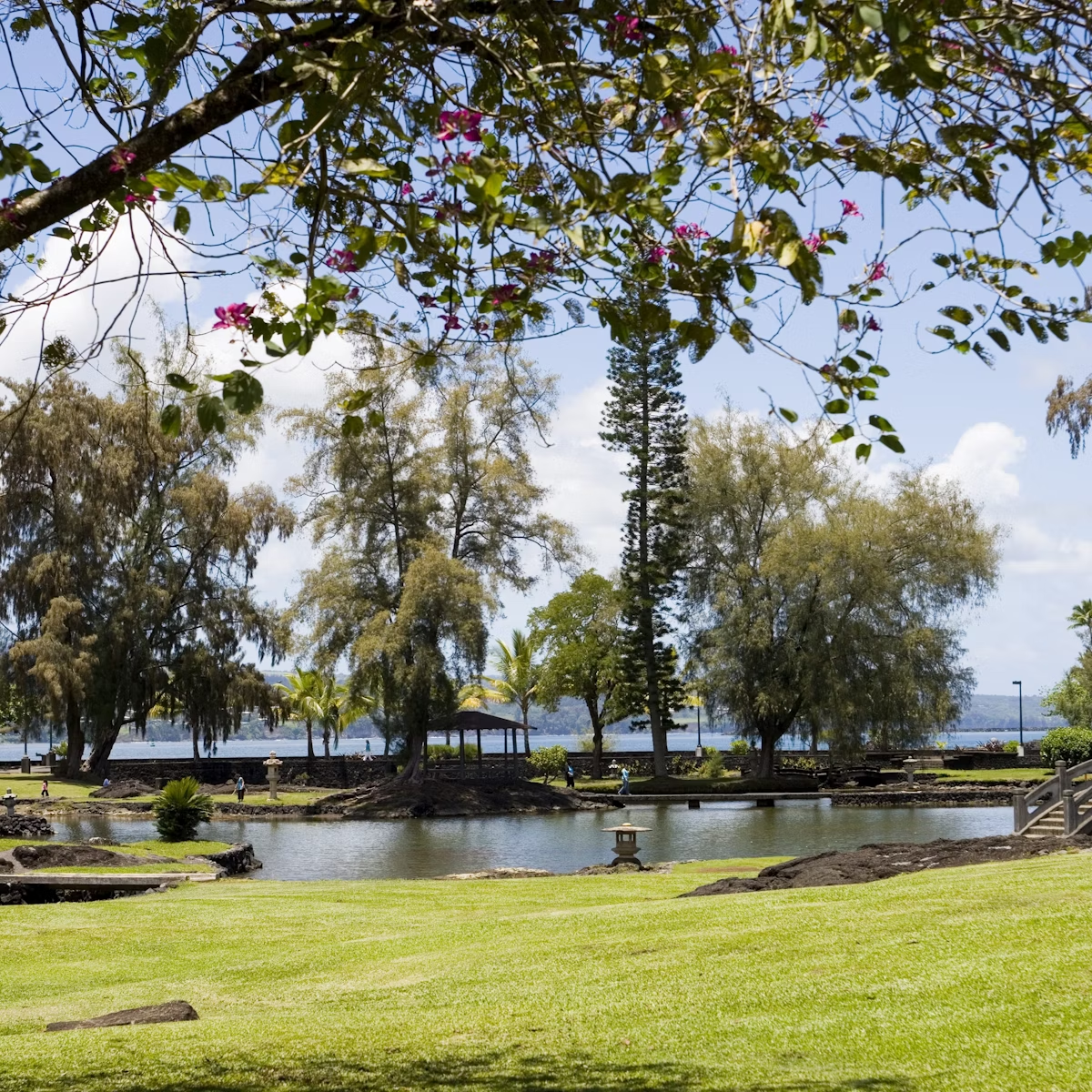Kilauea volcano lies at the center of activity in Hawaiʻi Volcanoes National Park. The unassuming bump on Mauna Loa's southeast flank would be easily overlooked if not for its massive steaming crater and crater-within-a-crater, Halemaʻumaʻu, which has spewed lava nearly continuously over the last 25 years.
Researchers initially thought Kilauea was just a vent of Mauna Loa, but later discovered a separate lava system – a particularly active system that first broke the earth's surface as early as 600,000 years ago. How active Kilauea Volcano will be when you visit is subject to the whims of Pele, the Hawaiian goddess of fire and volcanoes who makes her home here, so set expectations low, and hope to be pleasantly surprised.
Is Kilauea currently erupting?
The most active of the five volcanoes that make up the Big Island of Hawaiʻi, Kilauea's calendar is usually hot stuff. Chances are good that visitors to Halemaʻumaʻu will get a sight (and smell) of some of the action. In 2018, a months-long eruption went out with a bang when the volcano's caldera collapsed/exploded, shooting a plume of ash 30,000ft high. Recent activity restarted in December 20, 2020, but it's decidedly less pyrotechnic. The USGS posts daily reports on Kilauea's activity.
Is Kilauea safe to visit?
Even though Kilauea is one of the world's most active volcanoes, it's very safe to visit. The eruption in 2018 caused property damage and just over two dozen injuries, but no fatalities were reported.
If Halemaʻumaʻu and Puʻu ʻOʻo are erupting, they belch thousands of tons of the gas daily. When lava meets the sea it creates a "steam plume," as sulfuric and hydrochloric acid mixes with airborne silica (or glass particles). All this combines to create vog, which, depending on the winds, can settle over the park. People with respiratory and heart conditions, pregnant women, infants and young children should take care when visiting if an eruption is taking place. Follow hawaiiso2network.com for air quality reports.
History
On March 19, 2008, Halemaʻumaʻu Crater shattered a quarter-century of silence with a huge steam-driven explosion that scattered rocks and Pele's hair (strands of volcanic glass) over 75 acres. A series of explosions followed, widening a 300ft vent in the crater floor which has continued to spew a column of gas and ash across the Kaʻu desert. At time of research, the vent had filled with a lake of bubbling molten lava that occasionally overflows into Kilauea Caldera before receding again – like a slow heart-beat of Kilauea. If you are lucky, Pele may be in a rare mood, sending spatter and rocks shooting up to the now-closed section of Crater Rim Drive.
In 1823, missionary William Ellis first described the boiling goblet of Halemaʻumaʻu to a wide audience, and his fantastic account attracted travelers from all over the world. Looking in, some saw the fires of hell, others primeval creation, but none left the crater unmoved. Mark Twain wrote in 1866 that he witnessed: "[C]ircles and serpents and streaks of lightning all twined and wreathed and tied together…I have seen Vesuvius since, but it was a mere toy, a child's volcano, a soup kettle, compared to this."
Then, in 1924, the crater floor subsided rapidly, touching off a series of explosive eruptions. Boulders and mud rained for days. When it was over, the crater had doubled in size – to about 300ft deep and 3000ft wide. Lava activity ceased and the crust cooled. But not for long. Since then, Halemaʻumaʻu has erupted 18 times, making it the most active area on Kilauea's summit.
All of Hawaiʻi is the territory of Pele, goddess of fire and volcanoes, but Halemaʻumaʻu is her home, making it a sacred site for Hawaiians.
How to see Kilauea
The best spots to see the latest eruption are from, Kilauea Overlook, Steam Vents & Steaming Bluff and overlooks along Crater Rim Trail. Viewpoints can get crowded, so arrive early. All fall within the boundaries of Hawaiʻi Volcanoes National Park, which charges a $30 fee per car for a 7-day pass.








